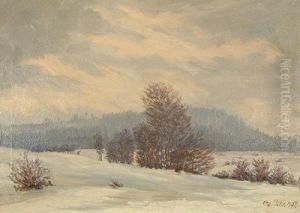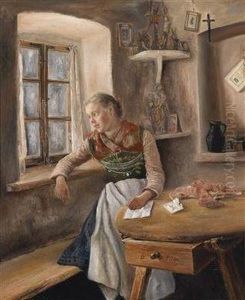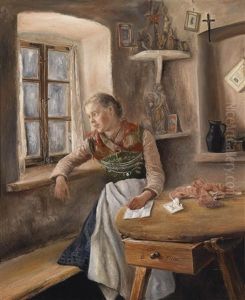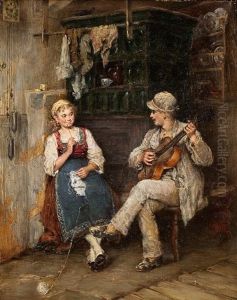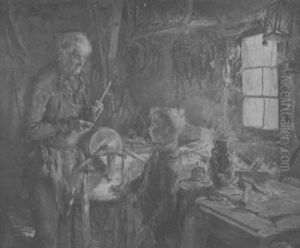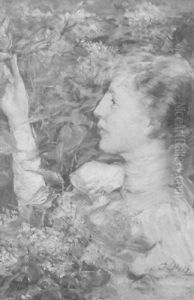Otto Pilz Paintings
Otto Pilz was a German sculptor, born in 1876 in the city of Leipzig. He is remembered for his significant contribution to early 20th-century sculpture, particularly through his works in bronze and stone. Pilz was trained in the traditional schools of art in Germany, where he developed a keen interest in sculpting figures and animals, which would later become central themes in his artistic endeavors.
After completing his education, Pilz spent the early part of his career working on various commissions and projects that allowed him to refine his style and technique. He was particularly influenced by the Jugendstil movement, a German variant of Art Nouveau, which emphasized organic forms and intricate details. This influence is evident in many of Pilz's works, where the natural world and its creatures are depicted with a sense of dynamism and vitality.
Throughout his career, Pilz exhibited a profound mastery over the medium of sculpture, experimenting with different materials and scales. His works range from small, delicate figures to monumental public sculptures, showcasing his versatility as an artist. Among his notable works are several animal sculptures, which are celebrated for their realism and expressive quality. These sculptures not only highlight his technical skill but also his deep appreciation and understanding of the natural world.
Otto Pilz's contributions to the field of sculpture were recognized in his time, and he received several commissions for public monuments and decorative sculptures. His works can be found in various public spaces and collections throughout Germany and beyond. Despite the changing trends in art during his lifetime, Pilz remained committed to his unique artistic vision, blending realism with a touch of whimsy and elegance.
Pilz's career was cut short by his untimely death in 1934. Despite his relatively brief career, his legacy lives on through his sculptures, which continue to be admired for their beauty and craftsmanship. Otto Pilz remains an important figure in the history of German sculpture, remembered for his dedication to the art form and his ability to breathe life into bronze and stone.
